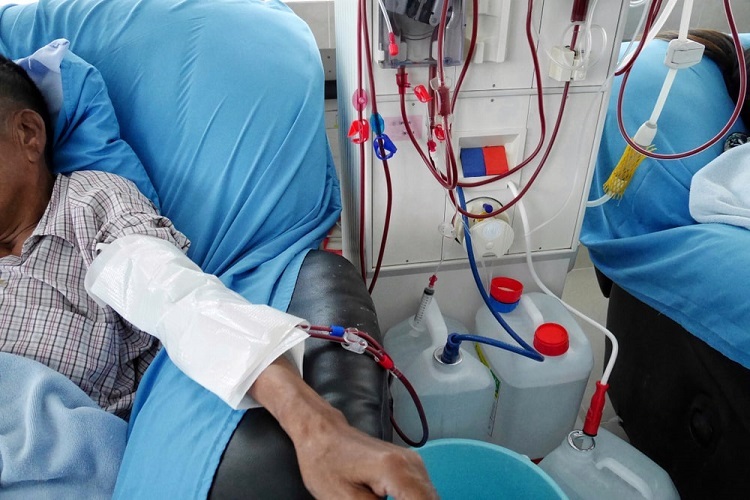Understanding the Key Facts Behind Dialysis Access

Dialysis is a life-saving procedure that eliminates waste and fluid from your blood when you have renal failure. A dialysis access port is needed to execute hemodialysis. If you seek further information about dialysis access in Bakersfield, Heart Vascular and Leg Center experts are readily available to help. For patients requiring hemodialysis, the team of cardiologists and vascular experts offers safe, effective dialysis access.
Table of Contents
What is Dialysis?
Dialysis is a medical procedure that replenishes your kidneys’ function when they are no longer functioning correctly. Your kidneys are bean-shaped organs that filter waste and excess fluid from your blood and discharge it through urine. Your kidneys also regulate fluid and electrolyte balance.
When your kidneys stop working properly, waste, fluid, and electrolytes build up in your body, causing damage to all of your organs and ultimately death. Dialysis is a life-saving procedure that helps achieve balance by eliminating wastes and fluid from the blood.
What is Dialysis Access?
If you are on hemodialysis, a type of dialysis treatment, you will need a catheter for dialysis access. Your dialysis access is where the hemodialysis machine collects blood from your body, passes it through an external dialyzer to eliminate excess fluid and waste, and then returns clean blood to your body.
Dialysis access is given as an outpatient operation at Heart Vascular and Leg Center. Though your skilled vascular surgeon at Heart Vascular and Leg Center delivers the dialysis access desired by your referring physician, they favor arteriovenous (AV) fistulas over venous catheters.
AV fistulas improve hemodialysis blood flow, persist longer, and are less susceptible to infections.
What Should I Expect During My Dialysis Access Placement?
Dialysis access treatment at Heart Vascular and Leg Center is a simple and painless procedure. Your nurse takes you to a private room after checking in at the front desk and performs an evaluation. Your vascular surgeon will then evaluate your access site and execute an ultrasound to assess the health of your blood vessels.
Your surgeon will go over the surgery with you, answer all of your queries, and then install your dialysis access. Following the procedure, your nurse will accompany you to the recovery area for monitoring before dismissing you.
What Can I Expect After the Placement of My Dialysis Access?
Heart Vascular and Leg Center provides extensive discharge instructions on how to care for your dialysis access after it has been set. They recommend that you minimize sleeping on the arm with the AV fistula and avoid wearing tight clothing.
Your vascular surgeon advises you not to use your dialysis access until it has recovered completely, which could take up to three months.
How to Prepare
You will be urged to refrain from having blood drawn from veins in the chosen arm or leg. Sometimes this is known as “vein preservation.” Unless specifically directed by your operating surgeon, fast for 8 hours before the procedure (no food or drink). In the hospital, you may be required to wear a “no IV access” band on the unaffected arm or leg.
Contact the office today by phone or online to obtain compassionate care from expert staff.
Leave a reply
You must be logged in to post a comment.




















